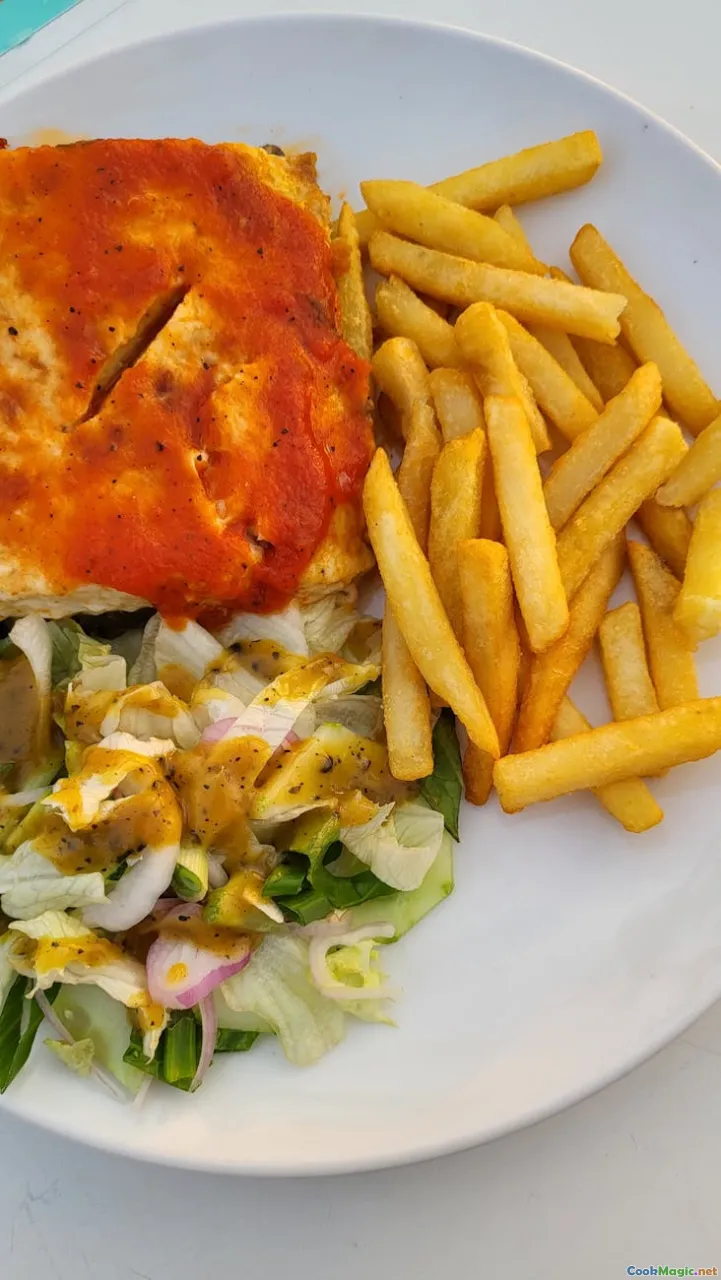When Street Food Became My Unexpected Comfort Food
7 min read A heartfelt journey exploring how vibrant street foods transformed into my unexpected comfort foods, blending culture, emotion, and flavor. May 02, 2025 01:00
When Street Food Became My Unexpected Comfort Food
Imagine wandering through bustling streets, the air thick with the aroma of sizzling spices, smoky grills, and sweet, tangy sauces. For many, street food is merely a quick, delicious bite—an energizing snack or a meal on the go. But for me, these vibrant, often chaotic culinary scenes became much more than that. They transformed into sources of solace, nostalgia, and unexpected comfort during life's most turbulent moments.
The First Encounter: A Taste of Home Abroad
My love affair with street food began unexpectedly during a solo trip to Southeast Asia. I was overwhelmed—jet lagged, lonely, and craving a sense of familiarity. Yet, amid the unfamiliar sounds and sights, I found myself drawn to a humble stall in a crowded night market. The vendor, an elderly woman with a warm smile, was expertly flipping skewers of satay over glowing charcoal.
The smell was intoxicating—smoky, nutty, with a hint of sweetness. I ordered a plate, and as I took my first bite, the tender meat, coated in a thick peanut sauce, transported me back to childhood dinners with my family. That simple, flavorful skewer became my comfort, a tiny piece of home amidst foreign chaos.
Cultural Layers: Street Food as a Reflection of Identity
Street food, in many cultures, is more than sustenance; it’s a narrative of history, community, and identity. In Thailand, the fiery bowls of Tom Yum soup tell stories of spice routes and ancient trade; in Mexico, tacos al pastor echo centuries of indigenous and Arabic influences. Each dish encapsulates a community’s resilience, creativity, and tradition.
For me, these dishes offered a window into worlds I hadn’t known intimately. They allowed me to connect with people through shared tastes and stories—an unspoken language of flavor and memory. Over time, I realized that my comfort was rooted in this cultural exchange, in the visceral connection to a place and its people.
Personal Growth Through Flavors
My journey with street food isn’t just about tasting; it’s about growth and healing. During a difficult period after losing a loved one, I found myself seeking solace in the familiar sights and smells of street vendors. One rainy evening in Hanoi, I stumbled upon a small stall selling bánh mì, the crispy baguette filled with pickled vegetables, spicy mayo, and tender pork.
The first bite was a revelation. The crunch of the bread, the tang of the pickles, the heat of chili—all layered into a harmonious explosion of flavor. That humble sandwich became my refuge, a reminder that even in sorrow, there’s nourishment in simplicity and authenticity.
The Sensory Experience: More Than Just Taste
Street food stimulates all senses. The sizzle of meats on open grills, the clatter of utensils, the vibrant colors of fresh herbs and vegetables—these visuals and sounds heighten anticipation. The tactile pleasure of wrapping your hands around a warm, greasy paper cone or banana leaf adds to the comfort.
For example, in India, the chaat stalls with their myriad toppings, chutneys, and crunchy snacks create a sensory symphony. The spicy, sour, sweet, and savory elements dance on the palate, awakening a sense of joy and belonging.
A Personal Ritual: Turning Food into Comfort
Over the years, I developed a personal ritual—whenever life threw curveballs, I sought out street vendors I trusted. It became a form of meditation, an act of self-care. Whether it was a bowl of Pho in Vietnam or arepas in Colombia, these foods grounded me.
One particular memory stands out: a chilly winter evening in Bogotá, where I found a tiny arepera. The vendor, with his warm smile, handed me a steaming arepa filled with cheese and shredded beef. As I took a bite, warmth flooded my body, and I felt a sense of connection and safety. That arepa became my unexpected comfort food—a symbol of resilience and hope.
The Power of Food as a Bridge
Street food’s beauty lies in its accessibility and authenticity. It’s often made with love, passed down through generations, and shared in community. For many, it’s a way to preserve culture amid change.
My stories highlight that comfort food isn’t always about elaborate recipes or expensive ingredients. Sometimes, it’s about the memories, the stories, and the emotions woven into each bite. Street food, with its raw, unpretentious flavors, often becomes a vessel for healing and connection.
Final Reflections
Today, my love for street food has evolved beyond mere pleasure. It’s a testament to the resilience of cultures, a source of personal comfort, and a reminder that sometimes, the simplest foods hold the deepest meanings.
Whether it’s a spicy bowl of noodles, a crispy taco, or a sweet khao niao mango sticky rice, these dishes remind us that comfort is often found in the most unexpected places—and that food, at its core, is a universal language of love, community, and healing.
Next time you find yourself in a bustling street market, pause for a moment. Embrace the chaos, savor the flavors, and consider how these vibrant foods might be nourishing not just your body but your soul as well.









